Child car seats are more than just a requirement – they’re a life-saving piece of equipment. Every year, countless families are spared the unbearable pain of losing a child or watching them suffer serious injuries, all because of the diligent use of these car seats.
Driving, especially with kids, is filled with unpredictable variables. The decision between rear-facing versus forward-facing car seats remains a pivotal topic among parents. Which is better, and when should one make the switch?
This topic is rife with varying opinions, but the objective remains to keep the child safe. Dive with us into the intricate details of this debate and empower yourself with knowledge.
Rear-Facing Car Seats: Safety First
When considering the myriad of choices for your child’s safety, the research is crystal clear on one aspect: the efficacy of rear-facing car seats.
Multiple scientific investigations underscore that rear-facing car seats provide unparalleled protection for a child’s delicate neck and spine during collisions.
The American Academy of Pediatrics (AAP) has consistently championed for children to be positioned rear-facing for as long as feasibly possible. This ideally means until age 2 or when they exceed the stipulated weight or height delineated by the car seat’s manufacturer.
Should you find yourself in the unfortunate event of a collision, the rear-facing seat is adept at distributing the impact force uniformly across the back, while also lending vital support to the head, neck, and spine, minimizing potential injury.
Forward-Facing Car Seats: When Are They Appropriate?
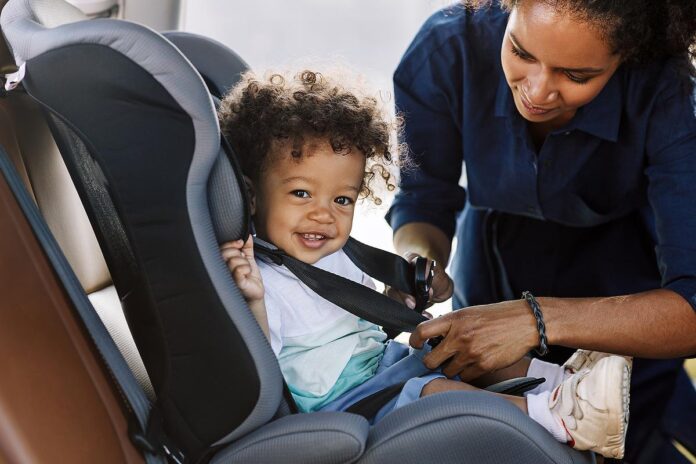
The intricacies of child safety in cars isn’t a simplistic matter of age. While guidelines such as those from the AAP emphasize rear-facing positioning until at least age 2, factors like weight and height play an indispensable role.
Every child grows at their own pace. It’s conceivable that some toddlers could outgrow the constraints of rear-facing seats before hitting the two-year mark. Upon reaching these thresholds, transitioning to face forwarding car seat equipped with harnesses becomes essential.
However, it’s paramount to acknowledge that the longer a child remains rear-facing, the safer they generally are during travel.
The Science Behind Rear-Facing Seats
When one delves into the reason rear-facing seats have been widely recommended, the answer lies in physics. In the event of a frontal collision, a rear-facing seat moves in harmony with the child, significantly reducing stress on the spine.
Compelling data from the International Journal of Epidemiology reveals a staggering 75% plunge in injury risk for children seated in rear-facing positions versus those in forward-facing ones.
This isn’t merely a safety recommendation; it’s a scientifically-backed strategy to safeguard our young ones.
Understanding Your State’s Car Seat Laws
Across the vast landscape of the United States, car seat regulations fluctuate from one state to another.
Some might mandate rear-facing seating until age 2, while others prefer to base it on weight and height parameters. It’s crucial for parents and guardians to familiarize themselves with these regulations to ensure compliance.
A robust resource is the Governors Highway Safety Association, which meticulously offers guides tailored for state-specific regulations. Abiding by these laws isn’t just a legal necessity, but a commitment to child safety.
Choosing the Right Car Seat for Your Child
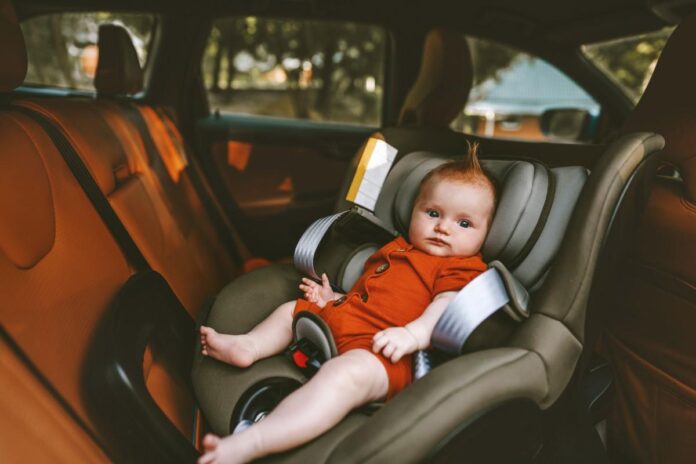
Embarking on the quest for the perfect car seat transcends the basic metrics of age, weight, or height.
One ought to also weigh features such as side-impact protection, the intuitiveness of the installation process, and, surprisingly to some, the seat’s expiration date (because, yes, they indeed have a shelf-life!). For the youngest members of our society, the rear-facing-only seats are typically optimal.
As they grow, convertible seats offer flexibility, transitioning from rear to forward-facing, accommodating the child’s growth.
Installation Tips and Tricks
The best car seat in the world loses its efficacy if installed improperly. Unwavering adherence to the manufacturer’s guidelines is non-negotiable. The back middle position is often deemed safest for car seat placement.
A properly installed seat should exhibit minimal movement – no more than an inch side-to-side. When dealing with rear-facing seats, ensure harness straps are situated at or below the child’s shoulder level.
Common pitfalls include simultaneously using both the seat belt and LATCH system or a harness that isn’t snug enough. Avoid these to maximize safety.
The Role of Extended Rear-Facing
The concept of extended rear-facing (ERF) pertains to keeping children rear-facing beyond the toddler years, with some recommendations suggesting up to the ages of four or even five.
Though not a widespread practice in the U.S., nations like Sweden ardently advocate for ERF.
Detractors often raise concerns about leg room or perceived discomfort. However, a plethora of safety data compellingly supports the ERF approach, emphasizing its merits over potential drawbacks.
Transitioning from Rear-Facing to Forward-Facing
Transitioning can be an emotional and logistical challenge. It’s imperative to religiously follow your car seat’s guidelines during this phase.
The initial resistance from kids is commonplace. In such scenarios, ensuring their comfort is paramount. Arm them with their favorite toys or engrossing books to ease the transition.
Most crucially, always guarantee that the harness is adeptly positioned at or above their shoulder level when they’re forward-facing.
Car Seat Safety Beyond Installation
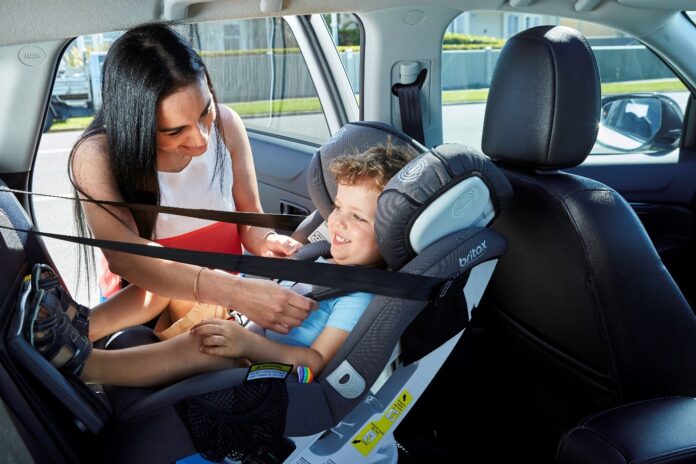
The journey to ensuring car seat safety doesn’t culminate post-installation. Proactive practices include routine checks for harness snugness, making requisite adjustments when kids switch between seasonal clothing, and maintaining vigilance for any product recalls.
Reputable manufacturers typically maintain extensive databases, notifying registered users of any recall alerts, ensuring child safety remains uncompromised.
Real-Life Testimonials: Parents Share Their Experiences
Hearing directly from fellow parents can offer invaluable insights. Jane, a doting mom of two, candidly shares, “Keeping my son rear-facing till he was four initially felt counterintuitive.
Yet, as I delved deeper into the overwhelming safety benefits, it became an obvious choice.” Mark, another parent, reflects, “The transition phase was fraught with challenges, but the solace in knowing she’s enveloped in safety was unparalleled.”
Conclusion: Prioritizing Child Safety
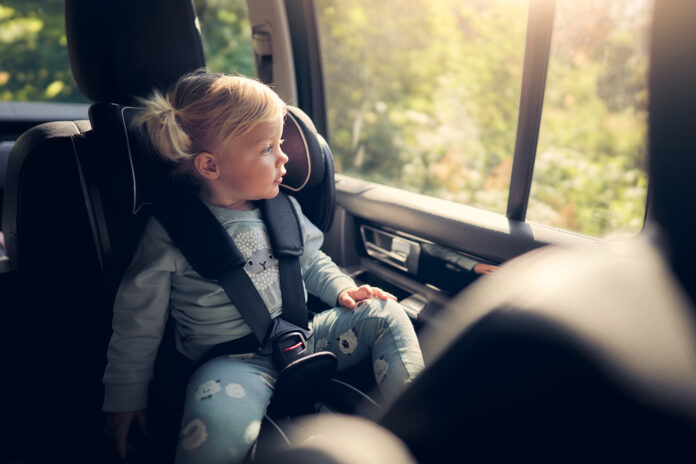
Choosing between rear-facing and forward-facing isn’t a fleeting choice; it’s an unwavering commitment to the sanctity of your child’s safety. It’s an arena where there’s no room for compromises.
Prioritize their safety, stay ceaselessly informed, keep abreast of the latest recommendations, and perpetually ensure that your most precious cargo – your child – is shielded to the best possible extent during every journey.

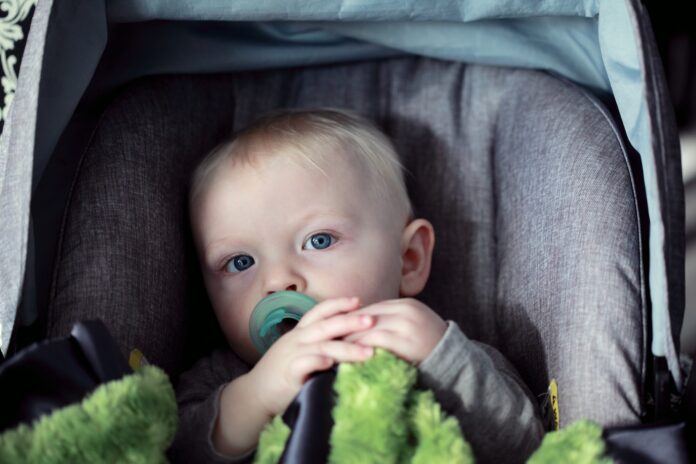



![Calgary’s Hottest Neighborhoods for Luxury Homebuyers [2024]](https://thewashingtonote.com/wp-content/uploads/2024/04/Calgary-324x160.png)



